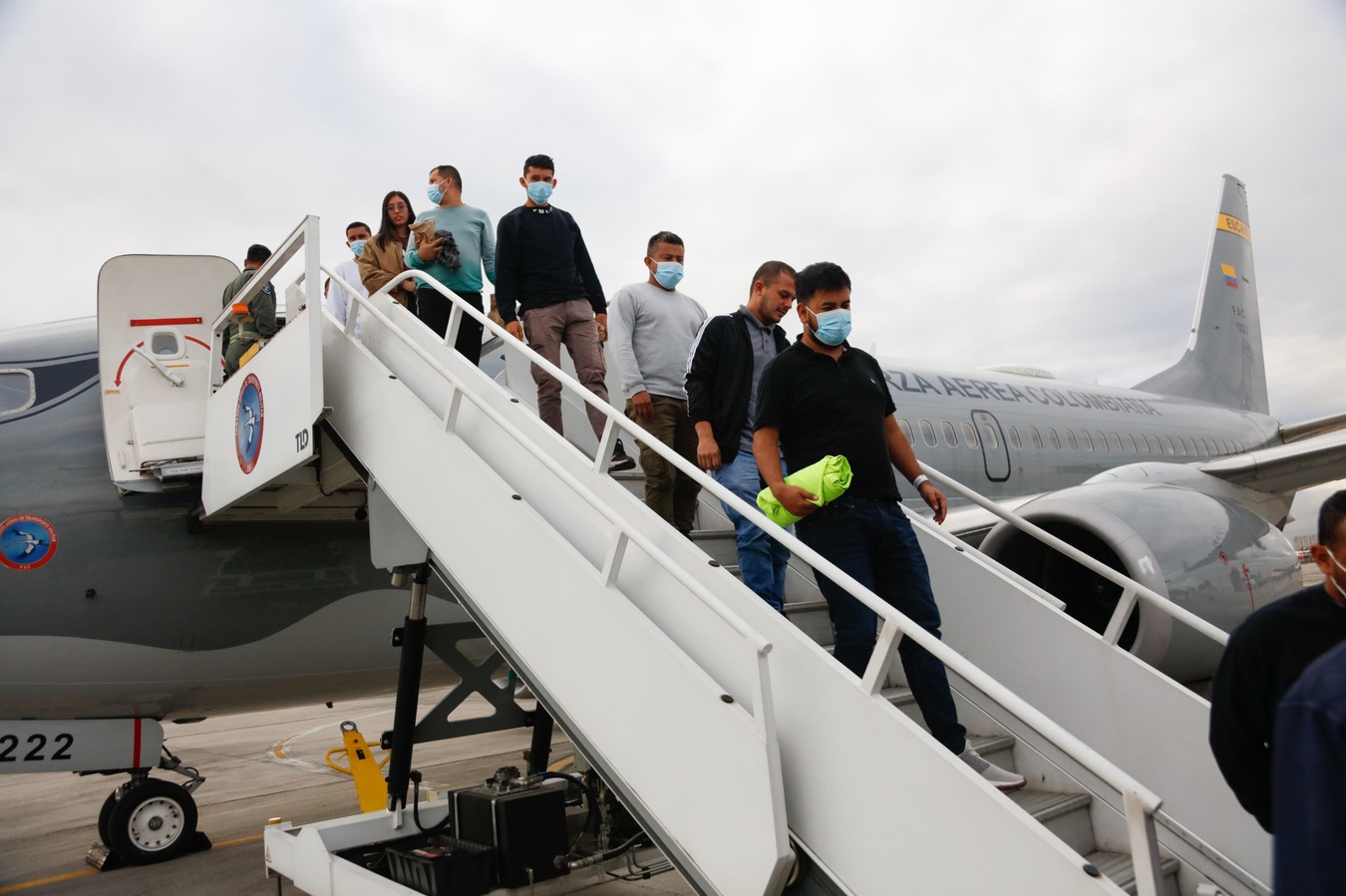Maryland's Immigrant Trend
Maryland's Immigrant Trend
A new report issued by the Maryland Council for New Americans recognizes that that the state “needs the contributions of immigrants.”
Maryland knows that integration of its immigrant population is indispensable for the future economy of the state. This recognition helped to fuel Governor Martin O’Malley’s decision to create of the Maryland Council for New Americans in December 2008—a call to action to promote integration. At the time of the council’s creation, Thomas Perez, then the state’s secretary for the Department of Labor, Licensing and Regulation and now the assistant attorney general for civil rights, summed up the importance of the new initiative: “Immigrants contribute greatly to the country and state and have always done so.”
Demographic data point to the time-sensitive imperative of prioritizing immigrant integration. By 2015, the state’s workforce aged 55 and older is projected to grow by 51 percent. As these workers retire, immigrants will be critical to filling jobs. In fact, over the last decade immigrants accounted for 96 percent of labor force growth, among the highest percentages in the United States. Across the state, 27 percent of the scientists, 21 percent of healthcare workers, and 19 percent of computer specialists are foreign born. Immigrants also account for nearly one-third of maintenance workers and one-quarter of construction, agricultural, food, and healthcare support workers.
But the true commitment to immigrant integration was on display this week at a conference organized by the Social Integration and Community Development Association. Over 200 policymakers, service providers, program officials and NGO leaders from Maryland, the Washington, DC, area and elsewhere gathered across from the Annapolis State House for a day of presentations, interactive panels, and to share best practices.
The conference was an opportunity for a frank, first-hand discussion about the Maryland Council for New Americans long-anticipated report, A Fresh Start: Renewing Immigrant Integration for a Stronger Maryland. The report was co-chaired by Thomas Perez and Isiah Leggett, executive for Montgomery County—one of the state’s most populous and diverse jurisdictions that includes the Washington, DC, suburbs, a high-technology corridor along Highway 270, major corporations like Marriott International, Lockheed Martin, Sodexo and U.S. Foodservice, and even the presidential retreat at Camp David.
Issued last month, just nine months after the council was formed, the report led off by noting that “we [Maryland] need the contributions of immigrants, and knowing that greater demands will be made on our workforce in the future to maintain our quality of life, we must do more to ensure that they integrate at an even faster pace and contribute to their highest potential.” A Fresh Start then went on to outline a few recommendations:
- Workforce development: Improve licensing, credentialing, and support systems for foreign-trained professionals; and strengthen and standardize English-language learning systems statewide.
- Financial access improvement: Create mechanisms within state government to assist in reducing fraud and scams that prey on immigrant communities; and provide educational outreach tools to increase understanding, trust, and interpretation of government and law that pertains to financial services.
- Citizenship promotion: Establish and fund a robust coordinated citizenship initiative for Maryland with a companion public education campaign, sustained over time and not tied only upcoming elections; and support Comprehensive Immigration Reform at the federal level.
These are important recommendations, but it is the absence of a comprehensive framework and the lack of predictable funding that is one of the real obstacles to sustained progress. For those reasons, and the direct link to changed demographics in Maryland, just as in so many other U.S. states, the Maryland Council has called for the establishment of a federal cabinet-level Office for New Americans.
The current leadership of this highly diverse and immigrant-rich state “get it” about who lives in Maryland, contributes to the tax base, educates their children there, and will only thrive to achieve their maximum potential if the services directed to immigrants better match the current realities and numbers. Many states lag far behind in addressing these needs; Maryland has taken an important step forward by taking a hard look at its needs and then producing a call to action that is certainly achievable.
Michele Manatt is senior consultant to the AS/COA Hispanic Integration Initiative and served as senior advisor to the Assistant Secretary of State for Western Hemisphere Affairs from 1993 to 1999.








